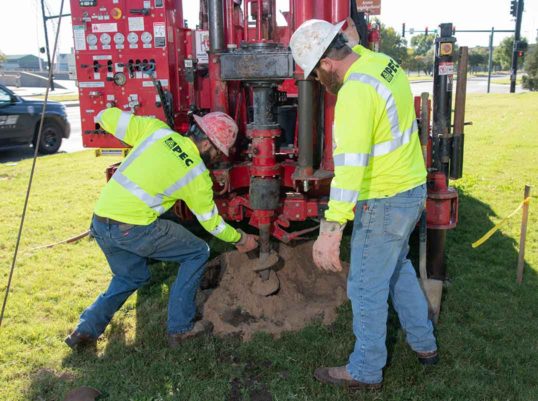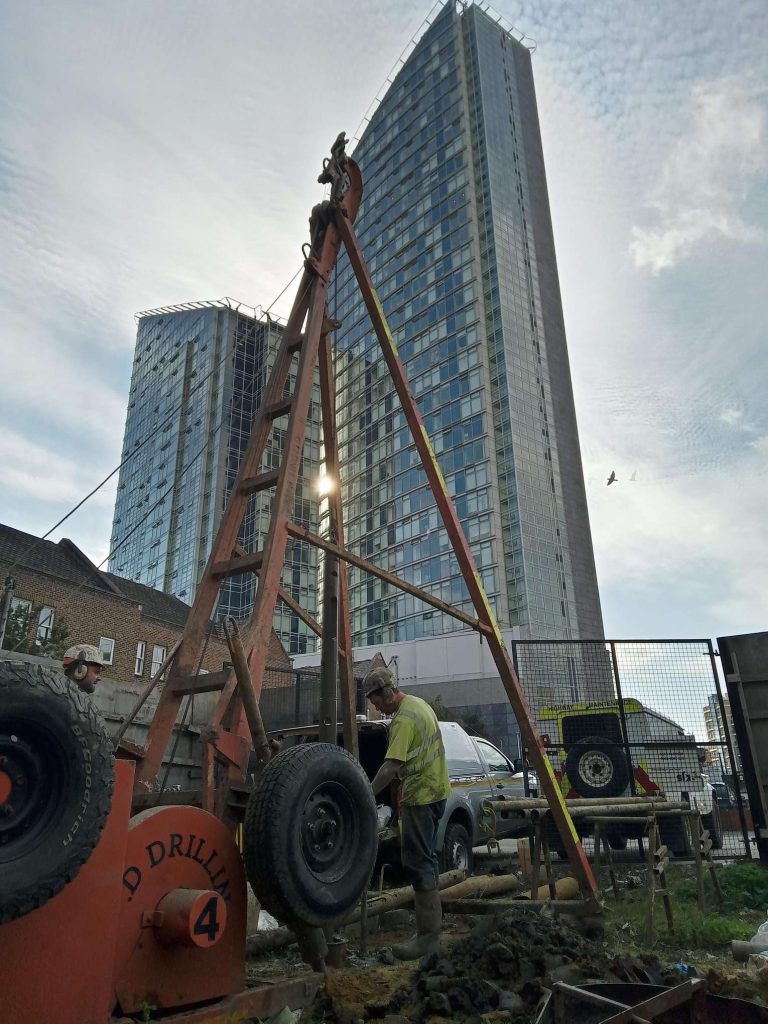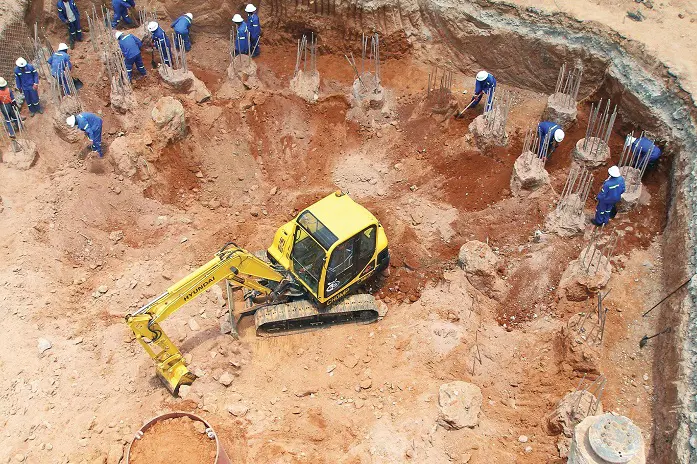Discovering the Benefits of Geo Tech Engineering for Urban Planning
The Vital Payments of Geotechnical Designers in Evaluating Soil Behavior and Foundation Layout for Sustainable Framework Development
Geotechnical designers offer as a foundation in the world of sustainable framework development, where their expertise in assessing dirt habits directly affects the security and long life of frameworks. By using innovative methods such as Basic Infiltration Examinations and Cone Penetration Testing, they diligently assess dirt homes, leading to educated decisions on structure style.
Duty of Geotechnical Engineers

In enhancement to website examinations, geotechnical designers evaluate potential risks such as soil liquefaction, slope security, and groundwater issues. They apply sophisticated design principles to establish options that alleviate these risks, ensuring that designs comply with appropriate codes and criteria. Their job commonly entails cooperation with other design self-controls, engineers, and environmental scientists to produce incorporated strategies to framework development.
Additionally, geotechnical engineers contribute to lasting practices by advertising the use of products and methods that lessen environmental impact. Through their thorough understanding of soil technicians and geology, they play a crucial duty in cultivating risk-free, resistant, and sustainable facilities that meets the requirements of society while safeguarding the atmosphere.
Dirt Habits Analysis Methods
Recognizing dirt habits is fundamental to educated decision-making in geotechnical design, as it straight influences the design and building procedures. Various assessment techniques are employed to evaluate soil residential properties, making sure accurate forecasts of its performance under different loading conditions.
One primary technique is the Common Infiltration Test (SPT), which gives understandings right into soil density and consistency with the resistance encountered throughout penetration. Cone Penetration Testing (CPT) offers a continuous account of soil stratification and in-situ toughness specifications, enabling a more detailed understanding of subsurface problems.
Research laboratory examinations, such as Atterberg limitations, unconfined compressive stamina, and triaxial tests, are necessary for defining soil habits under controlled problems. These examinations assist in the decision of crucial parameters, including shear stamina, permeability, and compressibility.

Foundation Style Principles
Foundation design principles are essential for guaranteeing the stability and longevity of frameworks, as they dictate exactly how loads are transmitted from the superstructure to the underlying dirt. These concepts include different considerations, including load-bearing capacity, negotiation, and side stability. An extensive understanding of soil mechanics is important for geotechnical designers to review the communication between the soil and the foundation.
One key concept is the ideal selection of structure kind, which may consist of shallow foundations, such as spread grounds, or deep foundations, like piles or caissons, depending upon soil conditions and structural lots - geotech engineer. The structure needs to be developed to decrease differential negotiation, which can cause architectural damage

Lasting Framework Practices
How can we efficiently integrate sustainability right into facilities methods? Sustainable infrastructure techniques begin with comprehensive website evaluations, which evaluate dirt habits, regional ecosystems, and source accessibility.
Moreover, utilizing innovative building and construction methods, such as utilizing recycled materials and low-impact structures, substantially reduces the carbon impact of infrastructure jobs. Geotechnical designers play a pivotal function in selecting proper products that improve sturdiness and sustainability, such as making use of geo-synthetics to improve dirt security and decrease disintegration.
In addition, lasting infrastructure methods call for ongoing tracking and upkeep to ensure that structures stay resilient with time. This includes carrying out flexible management approaches to deal with possible ecological changes. Partnership amongst stakeholders-- consisting of designers, local communities, and policymakers-- is vital for incorporating sustainability goals into job preparation and implementation. Inevitably, these practices not only add to the longevity of structures but likewise advertise a much healthier setting, straightening framework growth with broader sustainability goals.
Study and Applications
Situation research studies in geotechnical engineering offer valuable insights right into the functional applications of dirt habits and lasting facilities practices. One notable instance is the construction of the Burj Khalifa in Dubai, where considerable dirt screening and analysis were conducted to assess the distinct challenges postured by the area's loose sand and high water table. Geotechnical engineers used advanced techniques such as vibrant penetrating and cone infiltration testing to determine the dirt's load-bearing capability, ultimately bring about the style explanation of a deep structure system that sustains this legendary structure.
Another essential situation is the remediation of the San Francisco-Oakland Bay Bridge after the 1989 Loma Prieta quake. Geotechnical assessments disclosed the requirement for dirt stabilization strategies, including grouting and dirt nailing, to improve the seismic strength of the foundation. These treatments not only boosted the bridge's safety yet also added to its longevity and sustainability.
Such study exhibit how geotechnical designers play a vital function in recognizing soil actions and applying ingenious solutions to make sure the structural stability and sustainability of framework tasks. civil consulting engineers. Their proficiency is essential in attending to the complex challenges presented by different soil conditions across varied geographical locations
Verdict
In final thought, the contributions of geotechnical designers are vital for the assessment of dirt actions and the design of foundations, which are necessary for sustainable infrastructure growth. With the application of sophisticated testing strategies and innovative products, these experts ensure the security and security of frameworks while reducing ecological effects. The assimilation of sustainable methods advertises resilience in facilities jobs, highlighting the value of cooperation amongst stakeholders to achieve efficient building and construction remedies that fulfill both social and ecological demands.
Geotechnical designers offer as a keystone in the realm of sustainable infrastructure development, where their know-how in analyzing dirt habits directly influences the safety and durability of frameworks.Geotechnical engineers play a vital function in the style and construction of infrastructure by analyzing dirt and rock habits to guarantee stability and security. A complete understanding of soil mechanics is vital for geotechnical engineers to review the interaction in between the soil and the structure.
Geotechnical evaluations revealed the demand for dirt stablizing strategies, consisting of grouting and soil nailing, to enhance the seismic strength of the structure.In conclusion, the payments of geotechnical engineers are essential for the evaluation of soil actions and the style of foundations, which are crucial for lasting infrastructure growth.